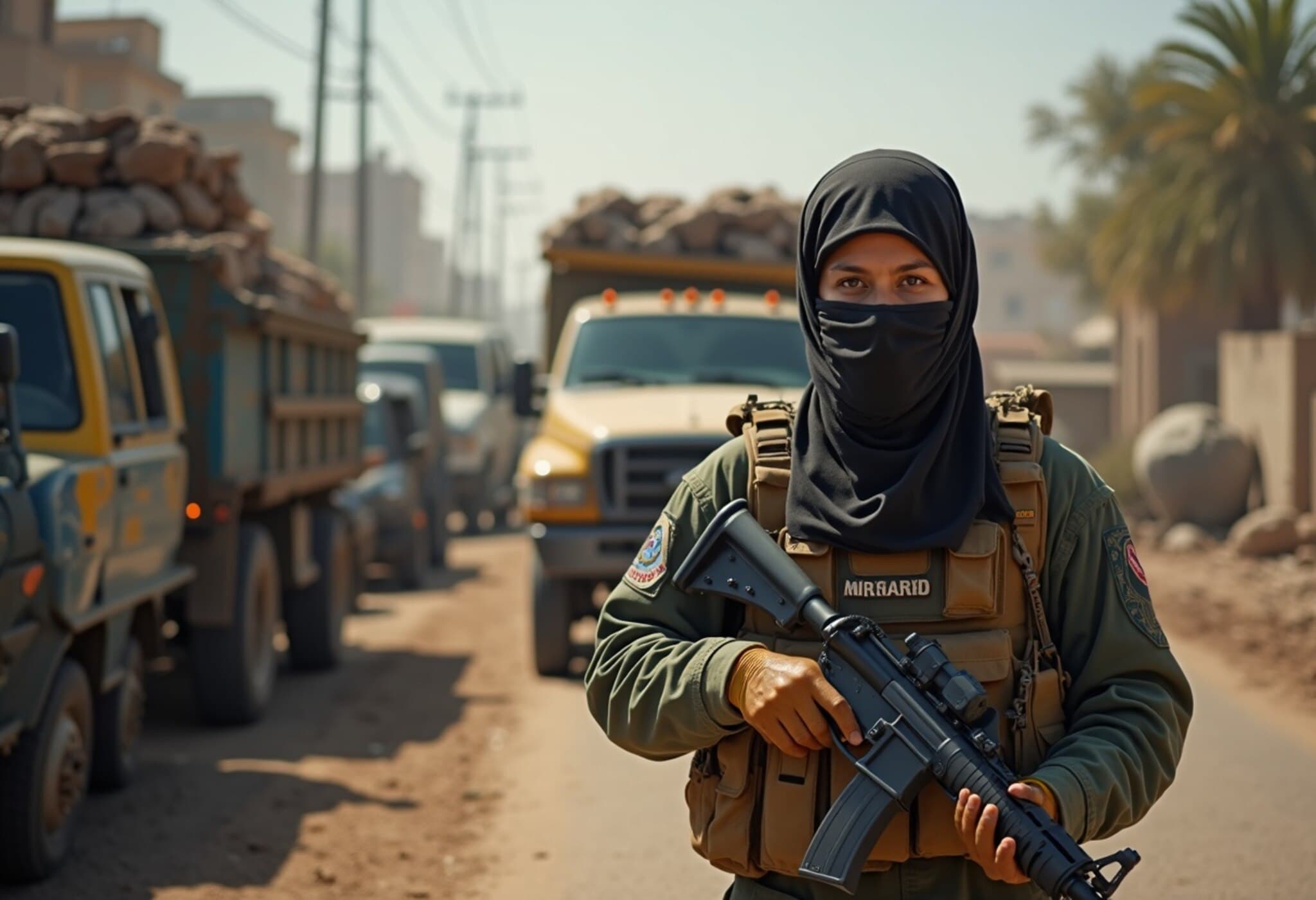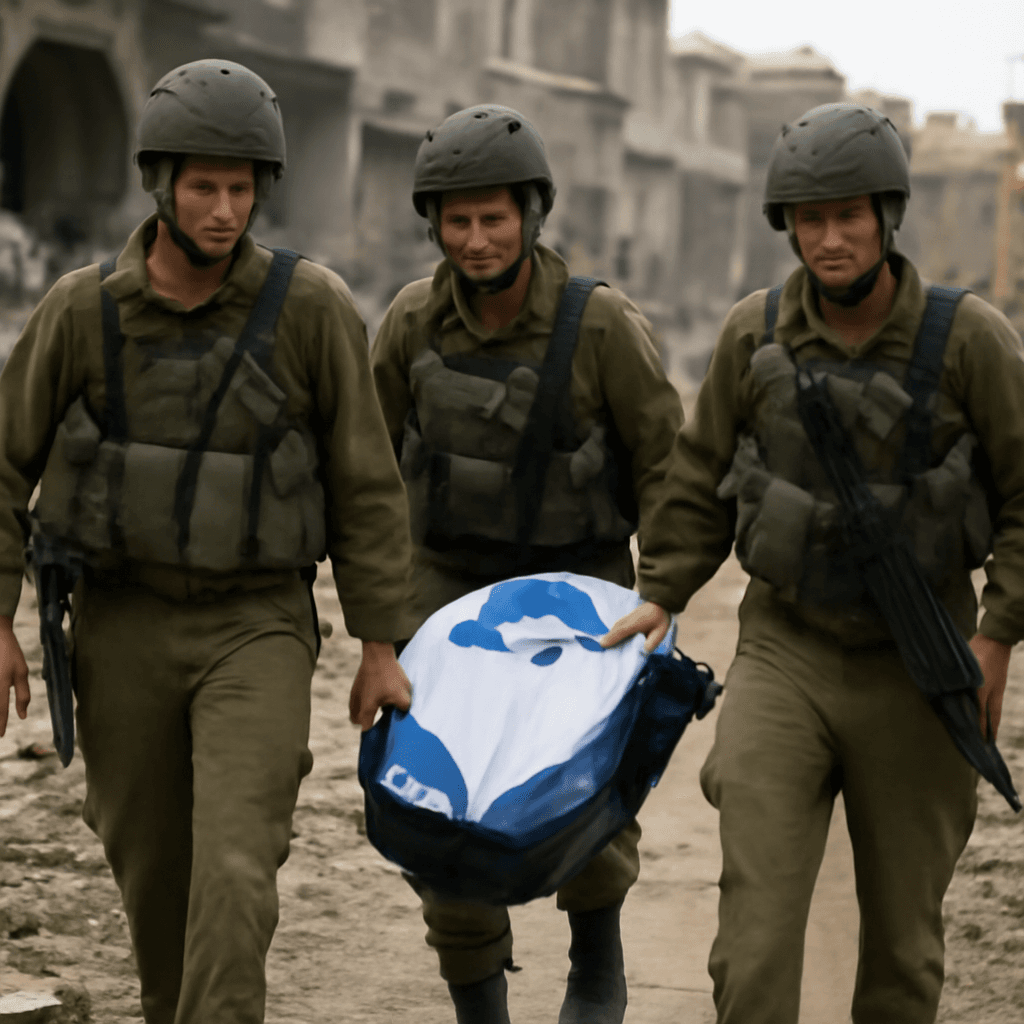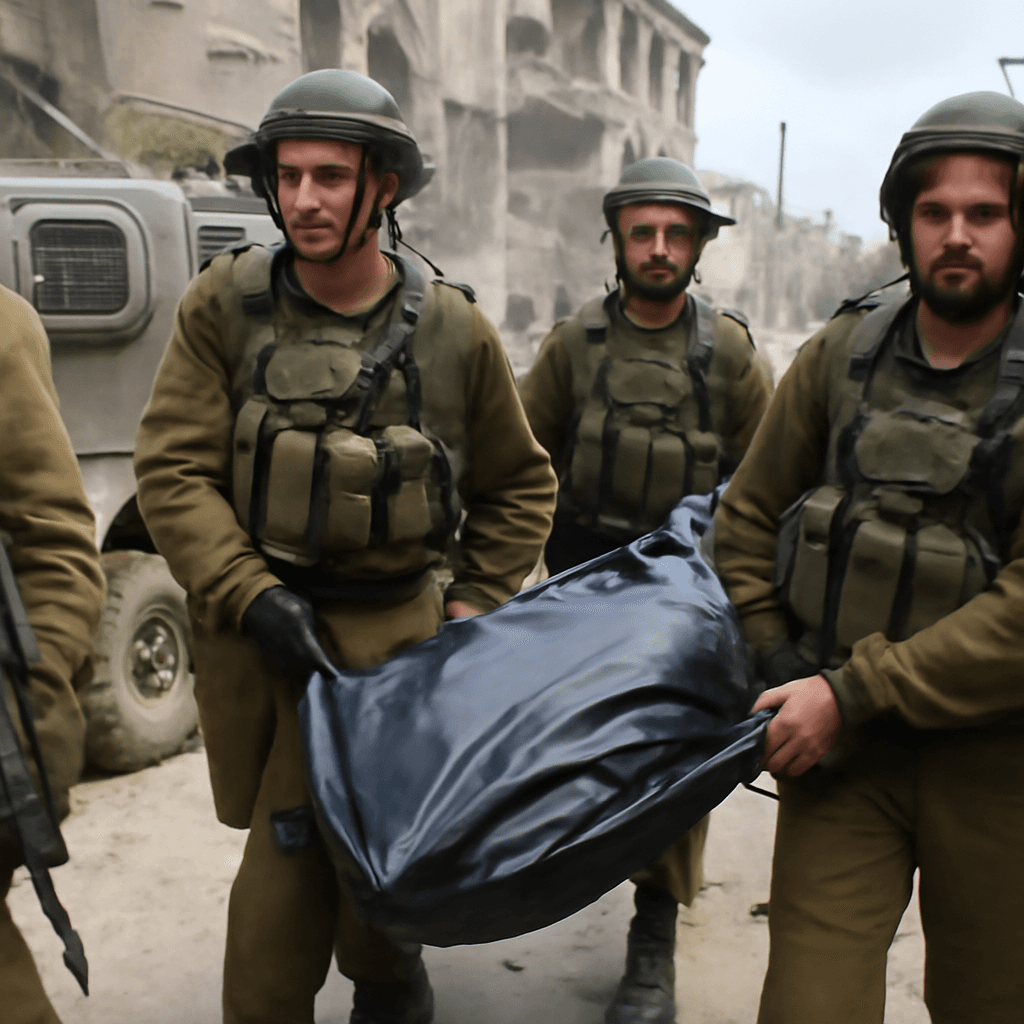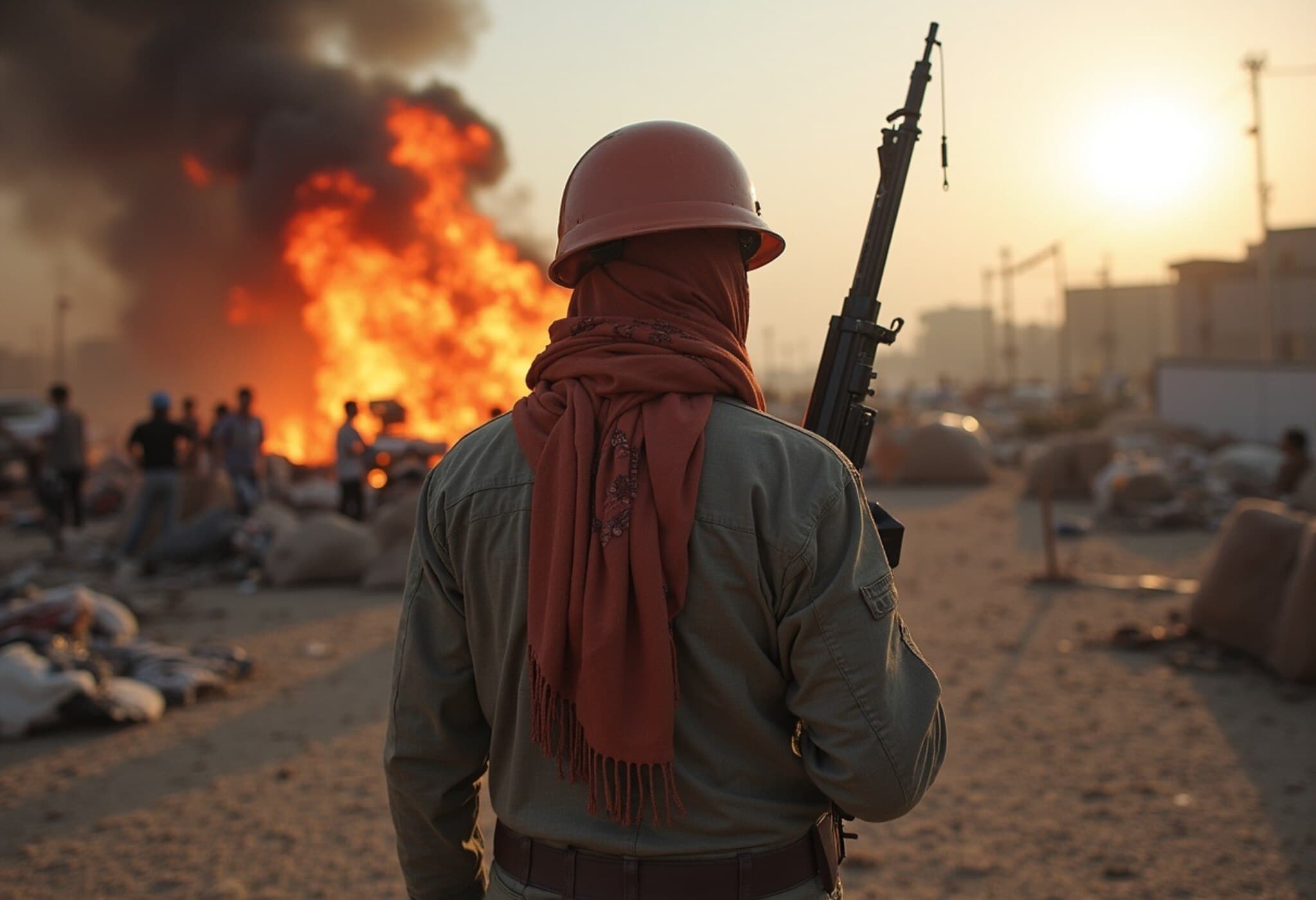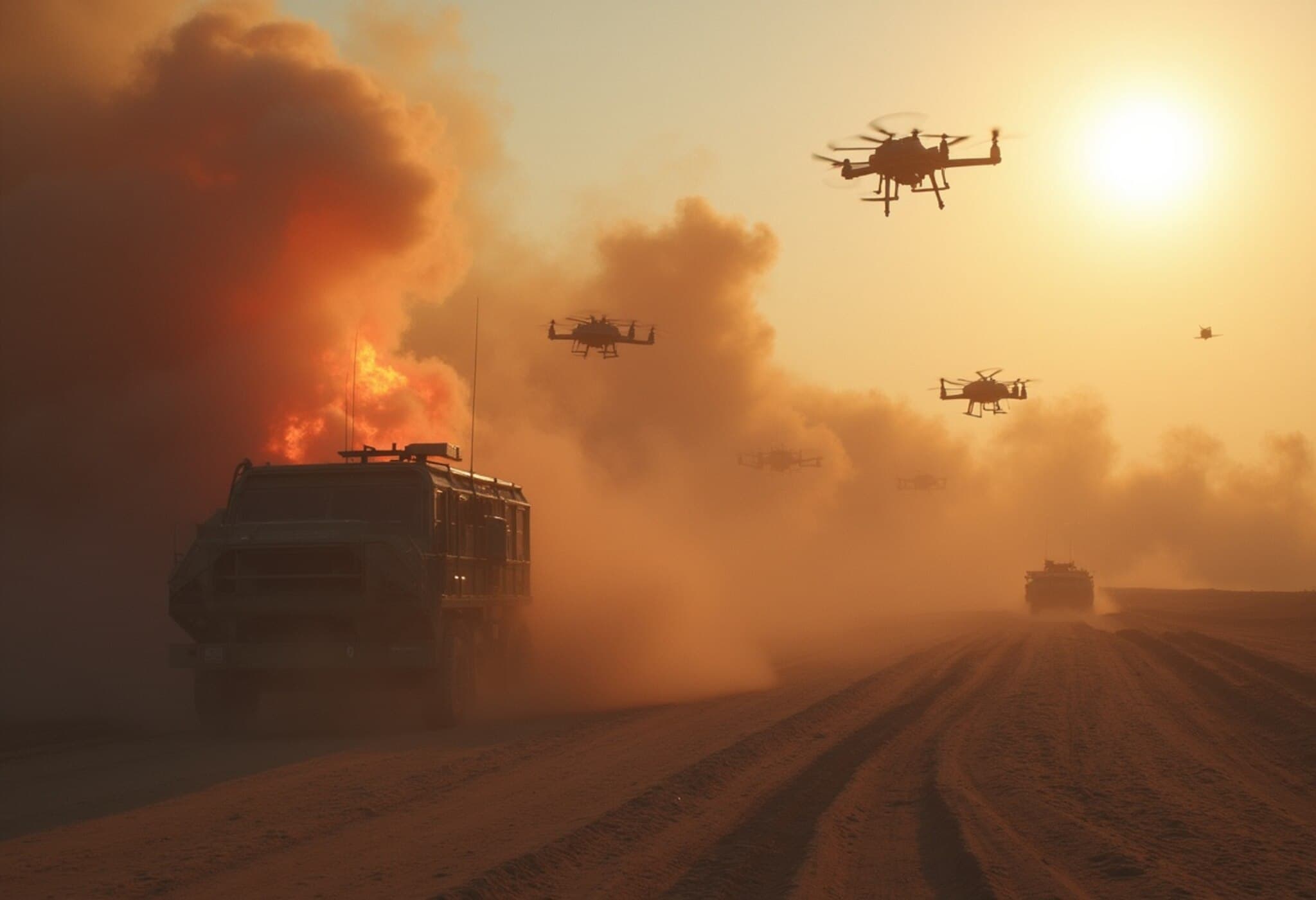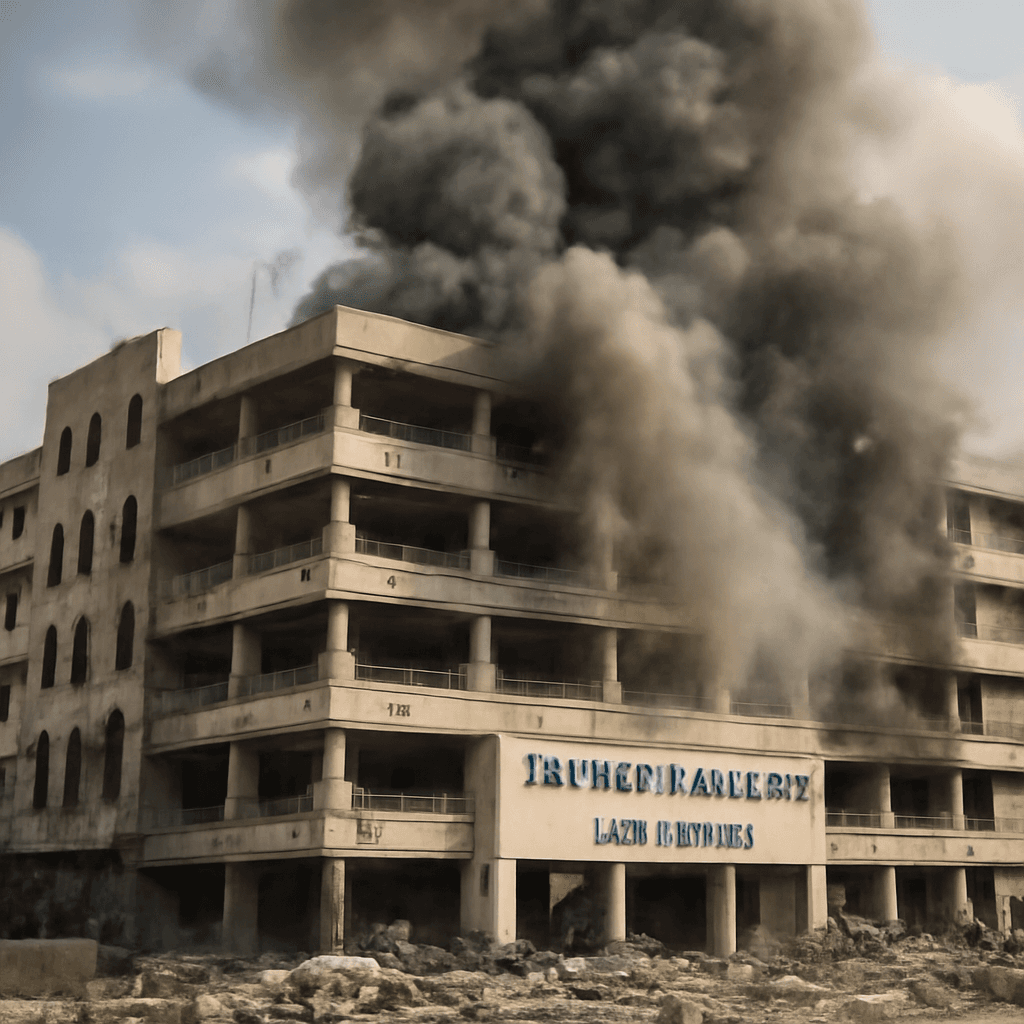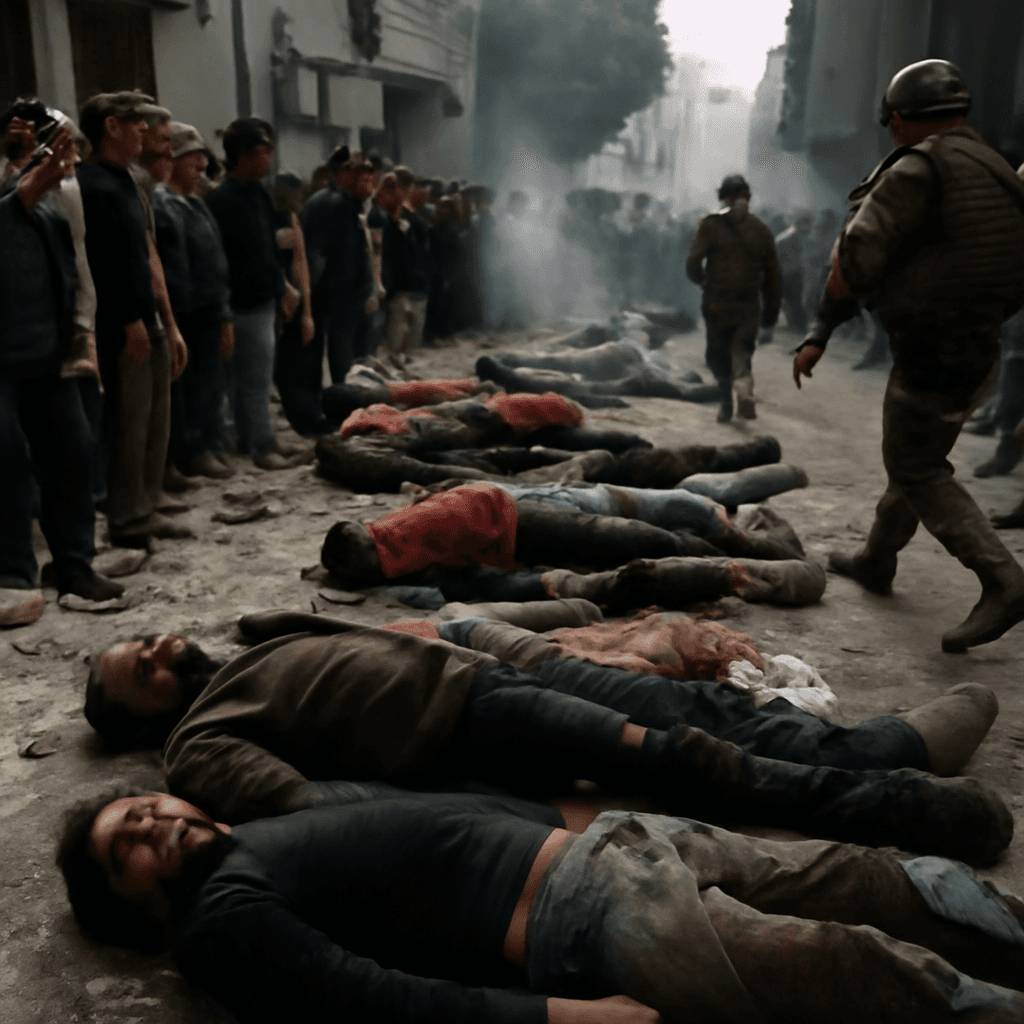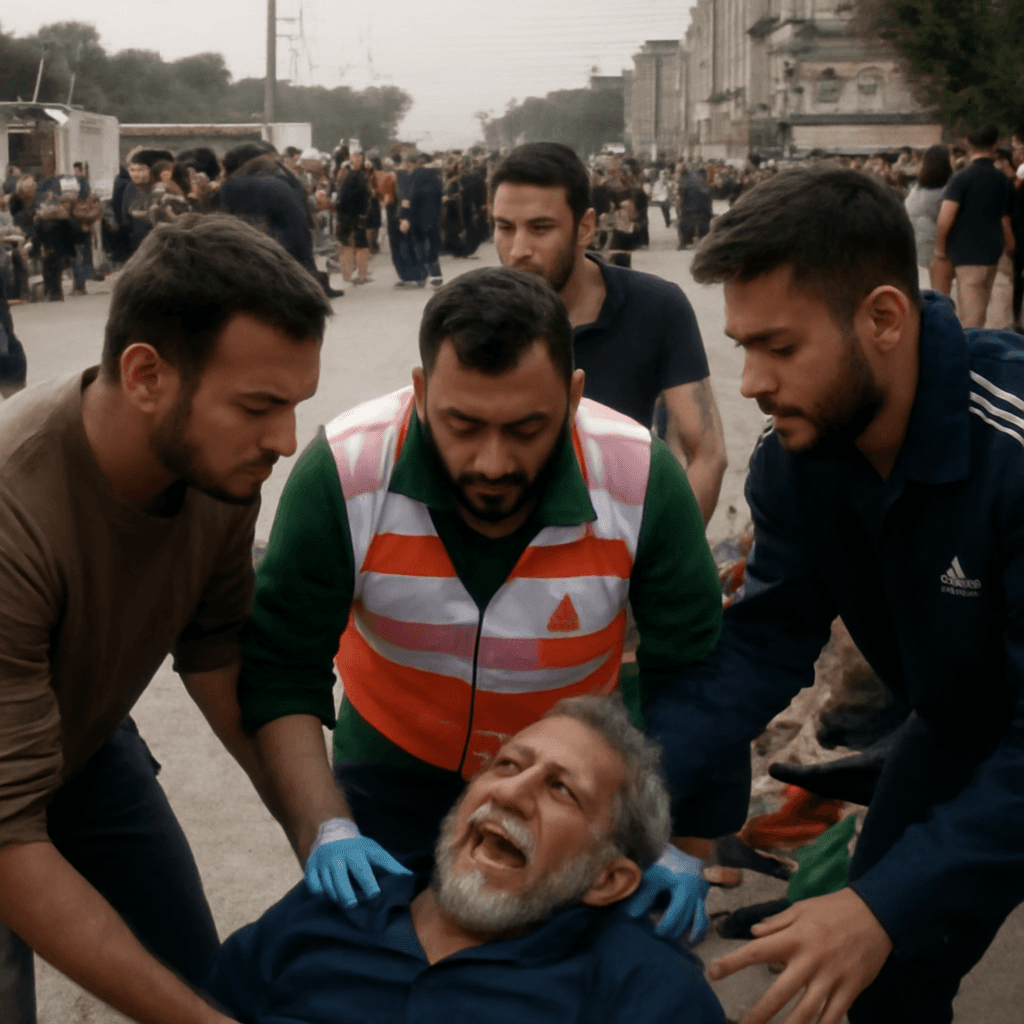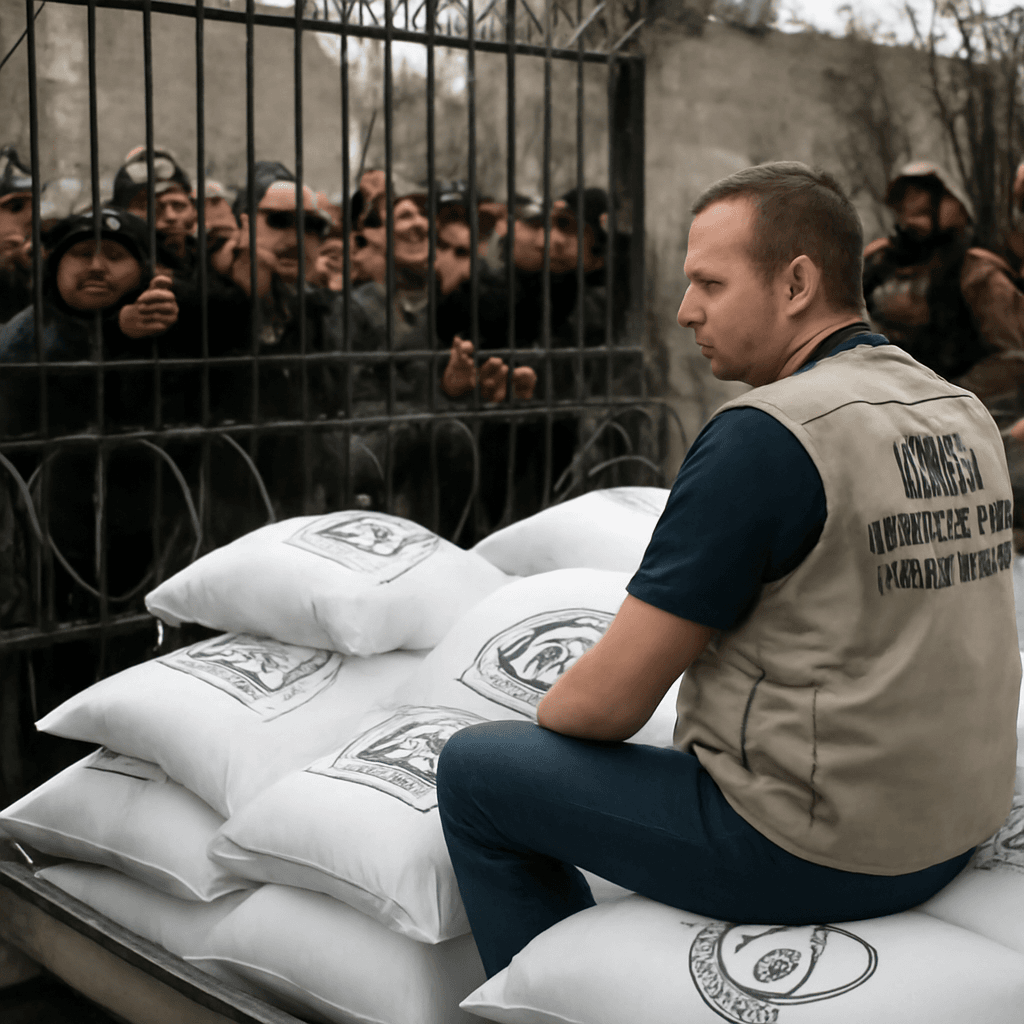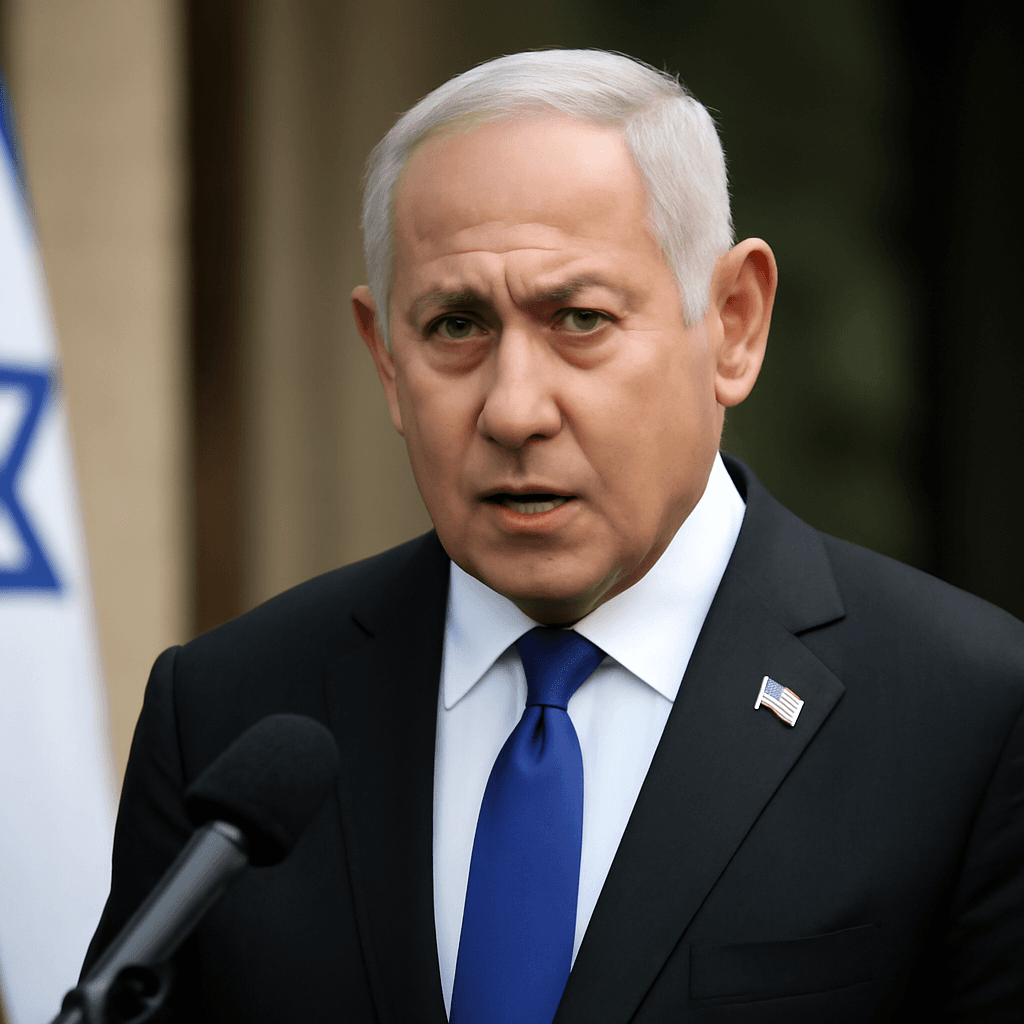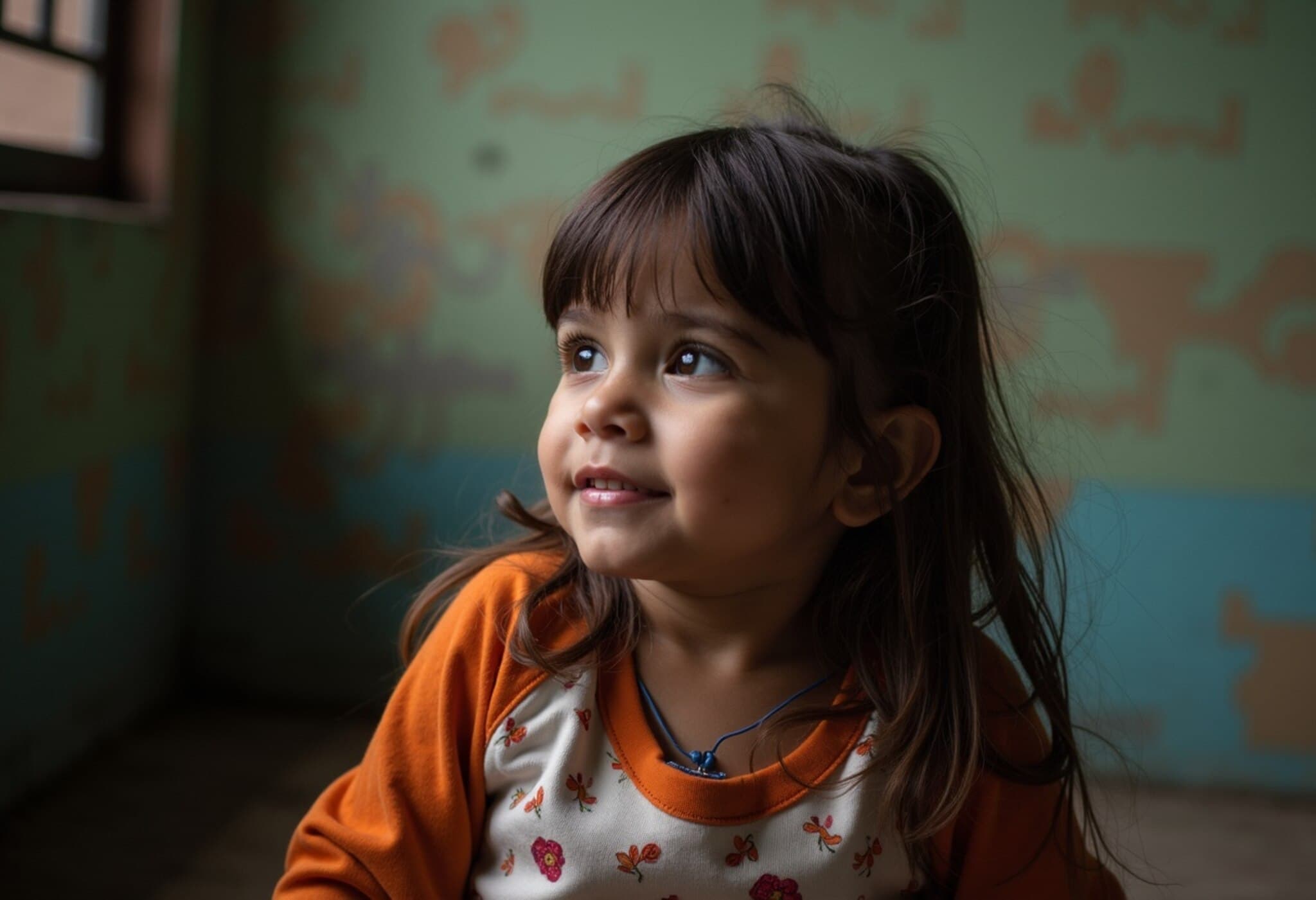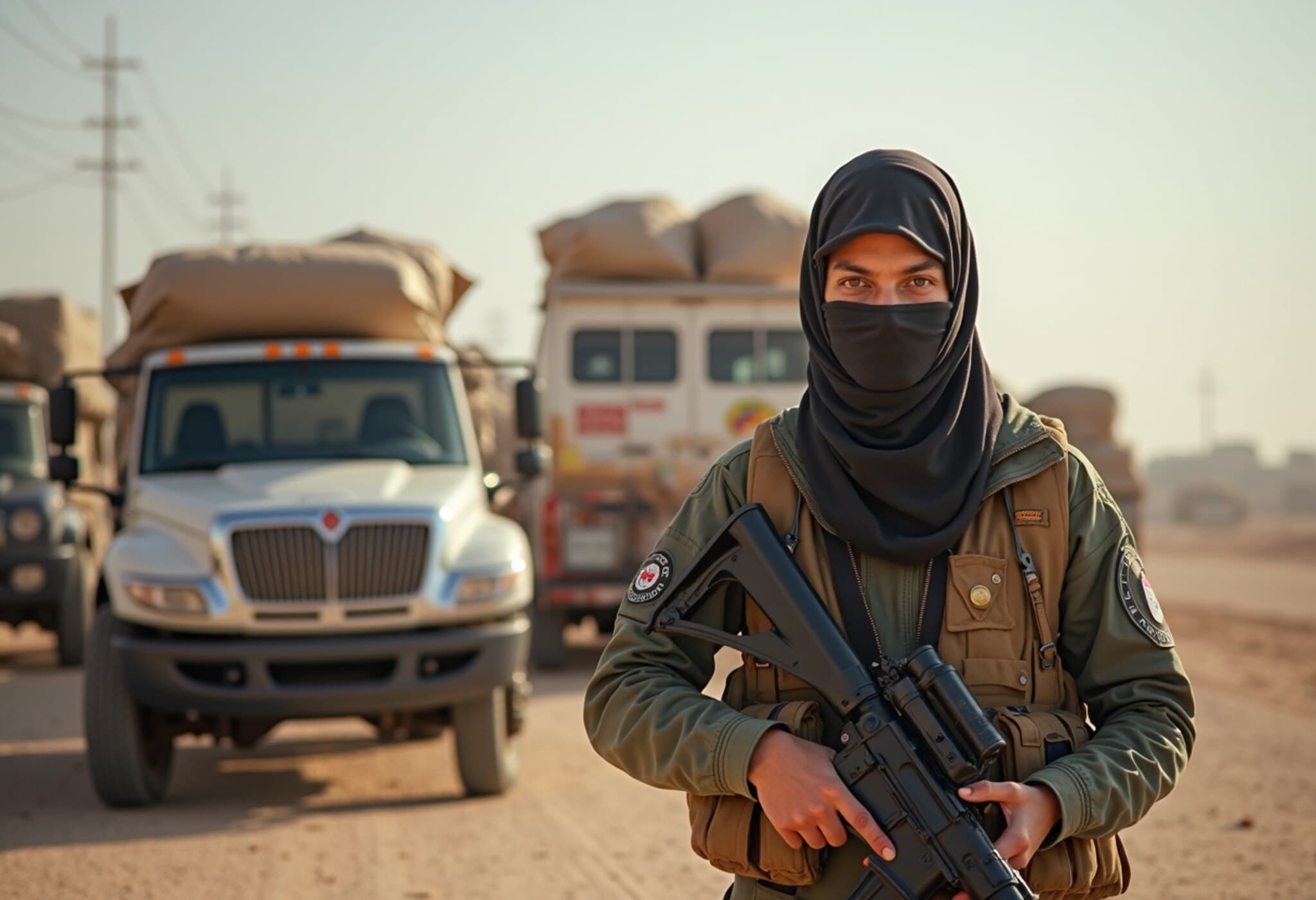Israel Claims to Have Neutralized Militants Masquerading as Gaza Aid Personnel
In a tense development amid ongoing conflict in the Gaza Strip, Israeli defense officials announced on August 13, 2025, that its forces struck and killed militants who were reportedly posing as humanitarian aid workers. This operation highlights the complex and often perilous environment surrounding aid delivery in conflict zones, where the line between combatants and civilians can become dangerously blurred.
Details of the Incident
The Israeli Defense Forces (IDF) stated that they targeted a group of men traveling in a vehicle marked to resemble those used by aid organizations. The IDF insisted these individuals were militants attempting to exploit the guise of humanitarian workers to carry out attacks or smuggle weapons.
Notably, the US-based humanitarian group World Central Kitchen promptly clarified that neither the vehicle nor the men involved were affiliated with their organization. This official distancing underscores the risks faced by genuine aid agencies operating in Gaza, where suspicion and misinformation can impede critical relief efforts.
Contextualizing the Risks for Aid Workers in Conflict Zones
Gaza, enduring repeated cycles of violence, has long been a challenging theater for humanitarian actors. The infiltration of militants disguised as aid workers raises a red flag about the security environment and threatens to jeopardize essential humanitarian missions.
- Humanitarian access: Such incidents compound difficulties in ensuring safe passage for aid deliveries in Gaza’s war-torn neighborhoods.
- International law concerns: The misuse of humanitarian symbols constitutes a violation of international humanitarian law.
- Operational challenges: Genuine aid groups face increased scrutiny, which can delay or obstruct relief to vulnerable civilians.
Expert Insight: Legal and Ethical Dimensions
From a legal standpoint, disguising as humanitarian workers to conduct military activities challenges the core principles of the Geneva Conventions, which seek to protect aid workers and civilians during armed conflict. Experts warn that these tactics could escalate hostilities and undermine trust in aid operations.
Moreover, US and Israeli policymakers grapple with balancing security concerns against humanitarian imperatives. The targeting of suspected militants disguising as aid personnel may prompt stricter protocols, but it also risks endangering bona fide humanitarian missions, with broader implications for regional stability and civilian welfare.
What’s Next for Gaza and International Aid?
As violence continues, the international community faces pressing questions:
- How can aid organizations safeguard their operations amidst escalating suspicion?
- What mechanisms can be implemented to verify the identity of individuals involved in aid delivery?
- How might these security threats influence future aid policies and geopolitical dynamics?
Recognizing these challenges is crucial in fostering a humanitarian response that preserves safety and neutrality despite the complexities on the ground.
Editor’s Note
This incident underscores the fragile intersection between humanitarian efforts and military conflict. It raises vital considerations about protecting aid workers, enforcing international legal norms, and ensuring civilians are not caught in the crossfire—literally and figuratively. As Gaza remains a flashpoint, transparent dialogue and strategic cooperation between governments, military forces, and aid organizations are essential to uphold humanitarian principles amid ongoing turmoil.

